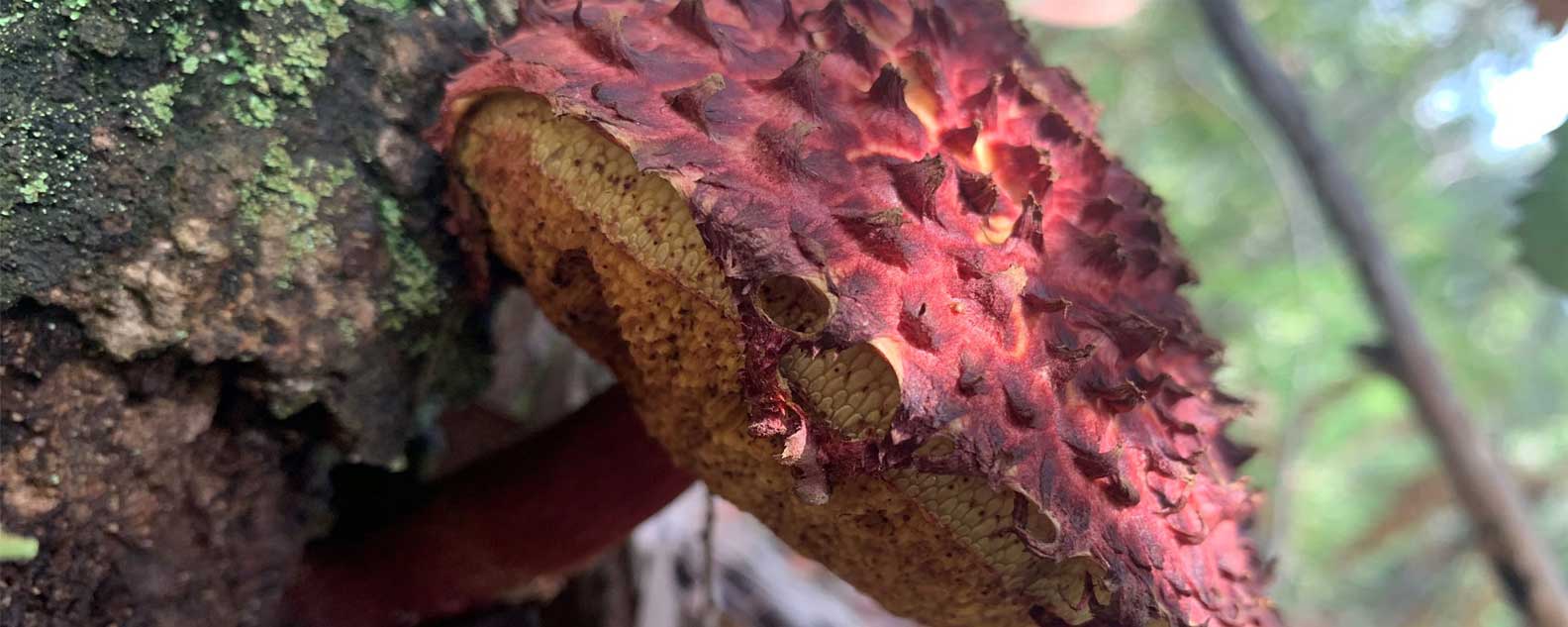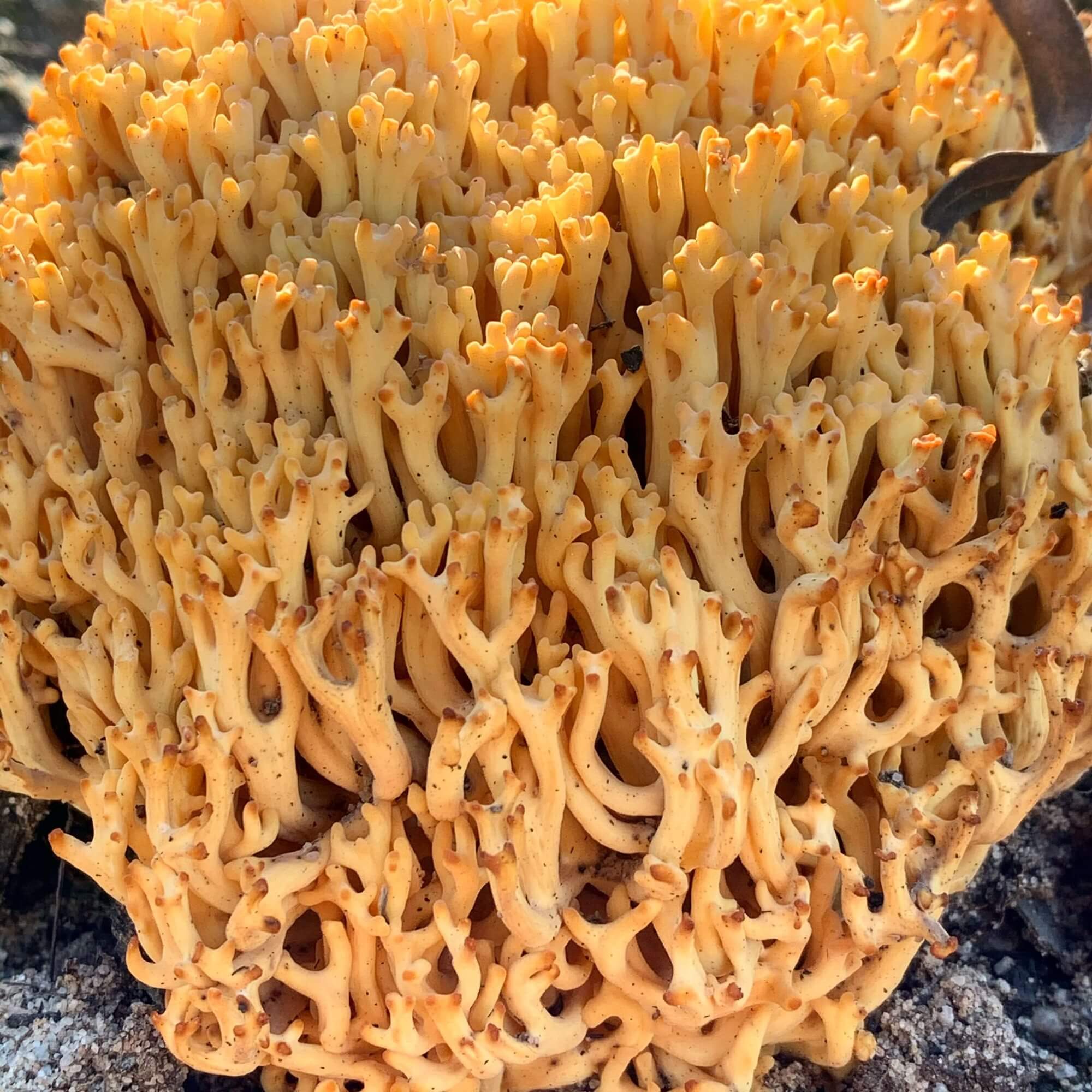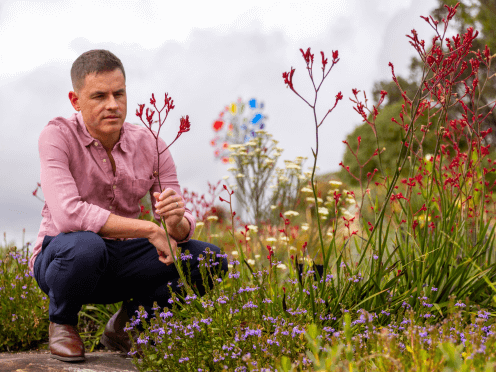Warning over risky social media craze
An explosion of colourful and interesting mushrooms has excited people who are foraging for fungi – but they are being warned to simply look and not touch.

Mushroom hunters have become the latest craze to sweep social media, going viral for their tips on how to find species that are edible and cook them up at home.
But with many of the videos from overseas and Australia’s mushrooms still not that well understood, people are being advised that even if the species look similar, they could do serious damage.
Calls to the NSW Poisons Information Centre have increased this year, as well as hospital admissions, because of people eating wild mushrooms.
Chief Scientist at the Australian Institute of Botanical Science, Dr Brett Summerell, says the general rule is to simply take a photo of an interesting mushroom, unless you’re with an expert.
“Seriously, if people are out there it is best not to pick them and eat them because we’ve had some serious issues from people doing that,” he says.
“One of the things that happens in Europe, where they have a long history and culture of picking mushrooms, is they have a lot of posters up during the mushroom season, so it’s really well controlled from that point of view.
“Our species are not well understood, we still have a lot of work to do on the taxonomy and understanding the different species so it’s critically important you don’t pick them and eat them just because you think they look like the ones on Instagram.”
With conditions ripe for mushrooms at the moment, Dr Summerell says there are many species to see.
“Some of them superficially look like mushrooms you see in the shops,” he says. “They’re fantastic things to photograph, spectacular to put on social media and they do play a critical role in our ecosystems as the great decomposers."
“They’re turning over nutrients, providing the food that then goes back to plants. Many also have an intimate relationship with tree roots.”

Ramaria fungi at Mount Tomah, NSW.
Dr Summerell says there are a few species that are toxic and cause diseases, and can do anything from kill you to give you a bad case of gastro.
“Oyster mushrooms and field mushrooms look like the ones in the stores but they might be ghost mushrooms (Omphalatus nidiformis) or yellow stainers (Agaricus xanthodermus) which often give a nasty case of gastro,” he says.
“The death cap mushrooms (Amanita phalloides) you see in Canberra, Adelaide and Melbourne around oak trees, they can cause liver failure and even kill people. And the related fly agaric (Amanita muscaria) (with its very attractive red and white cap) are also toxic and very common at the moment.”
Where there are mushrooms, there is likely other slime
It isn’t just mushrooms fruiting now because they love the wet weather and cool temperatures. “Mould is a huge problem at the moment,” Dr Summerell says.
“Mushrooms around, or even in, your home can mean other issues such as damp problems or rotting wood.”
Dr Summerell says a 70 per cent solution of metho or clove oil works best to get rid of mould. Moulds are a huge group of fungi that are loving the humid conditions and have an enormous capacity to reproduce very quickly by producing masses of spores. Treatments will inevitably need to be repeated.
Meanwhile, anyone concerned about an increase of moss or algae at their home, which can cause slips, should just use high pressure water cleaners and a hard scrubbing brush.
“We’ve had unprecedented levels of rainfall over a long period of time which are ideal conditions for these organisms to thrive,” Dr Summerell says.
“Driveways have been completely colonised by mosses. It’s quite a unique set of circumstances and amazing to see it in such an urban environment.”
While Dr Summerell says moss will continue to grow and get thicker, the cooler winter temperatures will eventually slow growth down, at least a little.
If you are a journalist and have a media enquiry about this story, please click here for contact details and more information.
Related stories

For the team at the Research Centre for Ecosystem Resilience (ReCER), a request from the Blue Mountains Botanic Garden to design a hedge of the towering Nothofagus moorei, or Antarctic beech, sparked a unique collaboration between science and horticulture.
In the lower Hunter Valley, a new nature reserve named Tiraki – Wonnarua for ironbark – has become a sanctuary for one of Australia’s rarest plants.

In this new episode of What the Flora!? discover why this world-first global ‘Tree of Life’ study is a new milestone in understanding the evolutionary history of flowering plants.